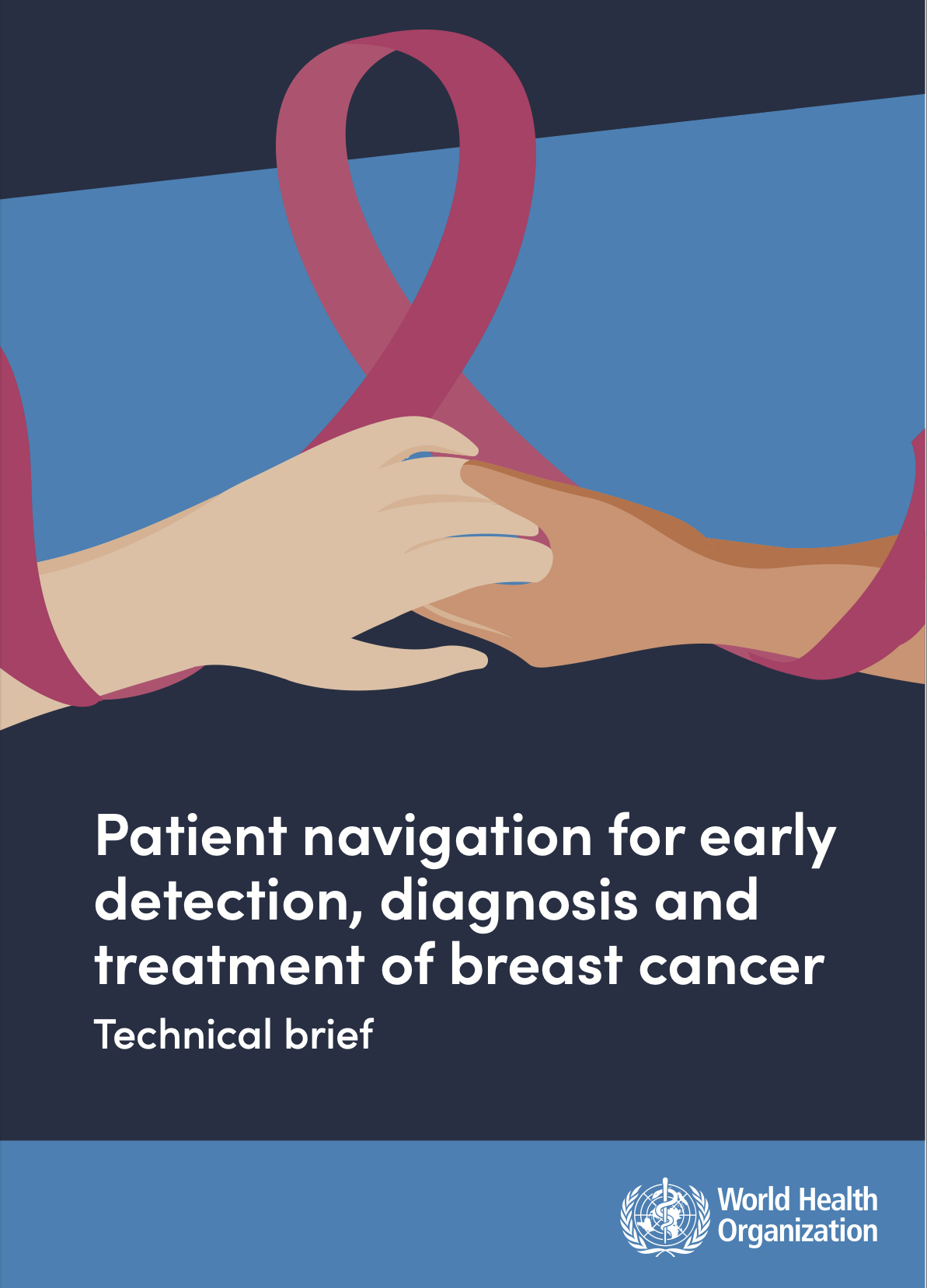What is asbestos?
Asbestos is a group of naturally occurring fibrous minerals with current or historical commercial usefulness due to their extraordinary tensile strength, poor heat conduction, and relative resistance to chemical attack. For these reasons, asbestos is used for insulation in buildings and as an ingredient in a number of products, such as roofing shingles, water supply lines, and fire blankets, as well as clutches and brake linings, gaskets, and pads for automobiles.
The main forms of asbestos are chrysotile (white asbestos) and crocidolite (blue asbestos). Other forms include amosite, anthophylite, tremolite and actinolite.
Why is asbestos a problem?
All forms of asbestos are carcinogenic to humans. Exposure to asbestos, including chrysotile, causes cancer of the lung, larynx, and ovaries, and also mesothelioma (a cancer of the pleural and peritoneal linings). Asbestos exposure is also responsible for other diseases such as asbestosis (fibrosis of the lungs), and plaques, thickening and effusion in the pleura.
Currently, about 125 million people in the world are exposed to asbestos at the workplace. Approximately half of the deaths from occupational cancer are estimated to be caused by asbestos. In addition, it is estimated that several thousand deaths annually can be attributed to exposure to asbestos in the home.
It has also been shown that co-exposure to tobacco smoke and asbestos fibres substantially increases the risk for lung cancer – and the heavier the smoking, the greater the risk.
Information presented on this page has been replicated from the linked WHO fact sheet. Please always refer to the original source on who.int for the latest version. Last update: March 2024






